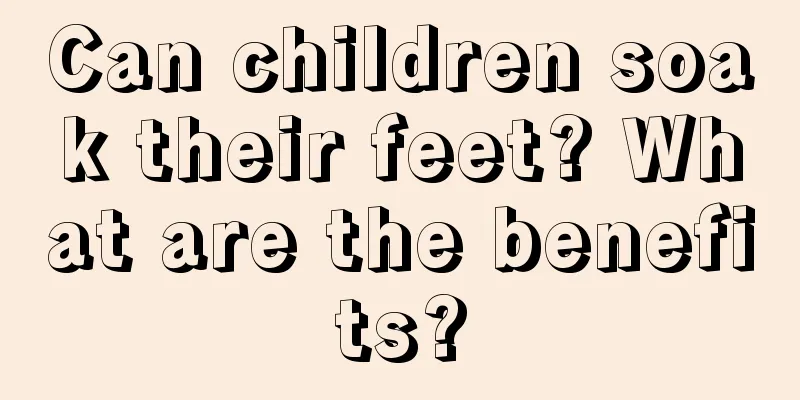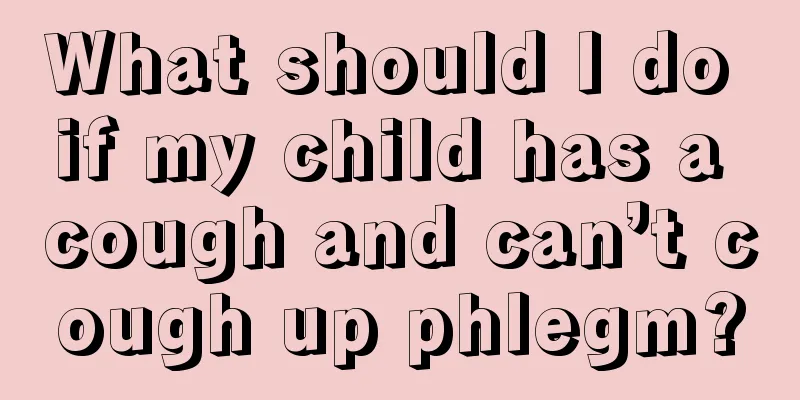What to do if your child has astigmatism

|
When children suffer from astigmatism, they often experience decreased vision and difficulty reading. After reading for a long time, they will feel headaches and eye pains, which causes them to involuntarily squint when looking at distant objects, which is not conducive to the recovery of vision. So what should we do if children have astigmatism? The treatment of astigmatism in children mainly depends on the quality of vision and the severity of visual fatigue. If the child has regular astigmatism, does not cause visual impairment, and has no visual fatigue, no treatment is needed. If children have visual fatigue, regardless of the degree of astigmatism, even if the astigmatism is very slight, they need to have their pupils dilated for refraction and wear appropriate corrective glasses. In principle, all degrees of astigmatism must be corrected, but if the child's astigmatism is too high and cannot adapt, he or she can first wear low-degree corrective glasses, slowly adapt, and then wear high-degree corrective glasses. 1. Guide children to develop good hygiene habits and avoid touching their eyes with their hands or other items to avoid contracting eye diseases. If they are infected with eye diseases, try to reduce going out; guide young children to recognize which games and toys are dangerous to reduce eye injuries. 2. Children should go out to play in the suburbs more often and look at the green wilderness in the distance. Those who need to wear glasses should be examined by a doctor before getting them. 3. Children should have sufficient light when reading, preferably from the left rear; they should have the correct reading posture and keep a distance of 30 to 40 centimeters; they should not read in a shaking car or while lying down. When choosing reading materials, the font should be clear and not too small. Do not read continuously for more than one hour, and take a 5-minute break every 30 minutes. This can effectively prevent the occurrence of astigmatism. 4. Parents should pay close attention and if they find any eye problems in their children, they should take their children to an ophthalmologist for examination. It is best to have the first full eye examination at the age of 3-4 years, and then have regular eye examinations 1-2 times a year to avoid the occurrence of astigmatism. 5. Educate your children to read in a well-lit environment. Do not read in dim light or even in the dark, and do not use a flashlight to read in the dark. 6. Don’t read while riding in a car or sleeping. When reading, don’t choose reading materials with small fonts. 7. Eat more foods that are good for the eyes, such as carrots, wolfberries, cod liver oil, fish, etc. |
<<: What to do if a child has a high fever and diarrhea? Nursing is the key
>>: How to treat a child's low-grade fever correctly
Recommend
What to do if your child has chest pain
Every parent hopes that their child can grow up h...
What to do if your baby has a viral rash
In life, many people do not have a real understan...
What should I do if my baby has a runny nose and cough?
Coughing is a very common condition in babies, es...
What is the complete recipe for a one year and three month old baby?
Every family hopes for the healthy growth of thei...
Children's anal fissure ointment
Anal fissure is a relatively painful symptom. Whe...
Treatment of bronchopneumonia in children
We all know that children are very likely to deve...
At what age do children lose their teeth?
Children are the group that mothers pay the most ...
How to grow taller for boys
Nowadays, the disease of short stature in boys ha...
What is the cause of the red spots on the newborn's face?
There are many common problems on the face, and i...
Symptoms of heart muscle damage in children
Children are not as strong as adults due to their...
Why does my baby have diarrhea after drinking milk?
What worries families the most when babies are dr...
Can I supplement calcium if my baby is sick? Parenting experts tell you the answer
Parents all know the importance of calcium supple...
How to improve children's memory?
Children are in a critical period of development ...
What to do if your child grows too fast
Children nowadays generally suffer from precociou...
What should I do if my newborn chokes on milk due to pneumonia?
How should pneumonia be treated? How should neona...









